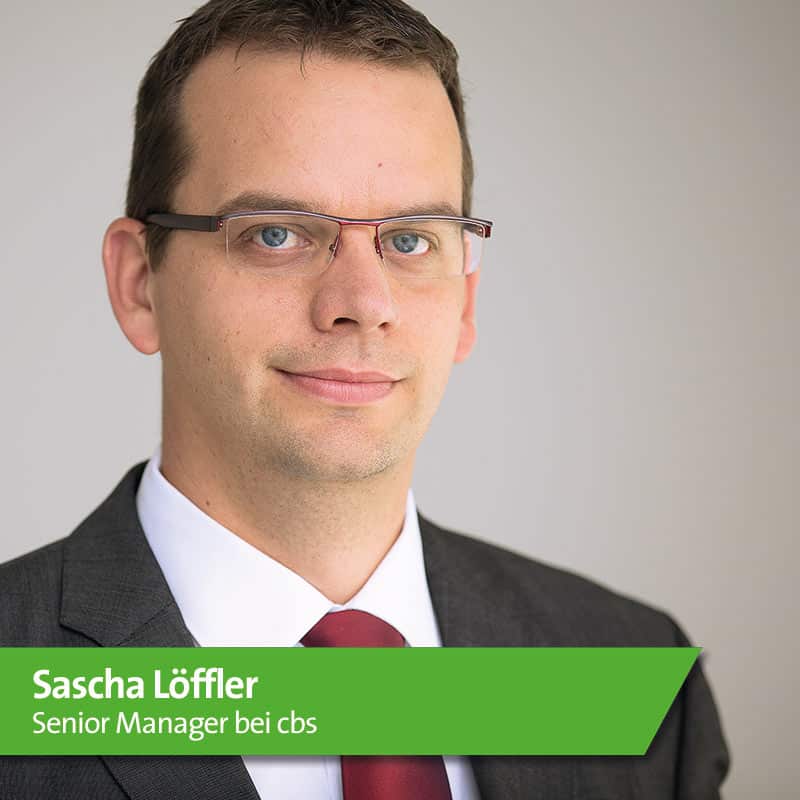One Landscape: Global SAP platform made to measure


As part of a strategic realignment, Finnish cardboard producer Metsä Board, headquartered in Espoo near Helsinki, wanted to clean up and harmonize its business processes and data.
Together with cbs Corporate Business Solutions, Metsä carried out a twelve-month cLeanERP project. The goal: One Landscape, an end-to-end, globally uniform system landscape.
In the process, application data and organizational units that were no longer needed were deleted, including company codes and controlling areas.
For the remaining 22 active company codes, Metsä harmonized the charts of accounts and aligned them with the parent company's central financial system. In addition, the company merged 19 controlling areas into one, and eleven company codes became two. Cost center and profit center structures were unified.
In addition to solutions from the SAP Landscape Transformation tool, the special software cbs ET Enterprise Transformer was used for customer-specific requirements. With a substantial change program, Metsä Board has repositioned itself and completely restructured its portfolio:
The company has developed from a large paper producer to a pure cartonboard company through successful sales, mill closures, restructuring and investments in selected business areas. Today, the company has eight production units, seven in Finland and one in Sweden.
Mapping business areas in SAP
To map the new, focused portfolio in its system landscape, Metsä Board had to adapt its SAP ERP system to the transformative business structures.
At the beginning of 2016, the ERP system still reflected the former business scope and was correspondingly bloated: In addition to standard modules, there were a large number of in-house developments and interfaces that were now no longer needed after the restructuring.
The majority of the accounting and controlling areas were also obsolete and the ERP database contained large amounts of obsolete data, which made any maintenance of the system and necessary upgrades extremely costly.
In addition, FI reporting to the corporate group was always a challenge, as the chart of accounts used did not correspond to Metsä Group's central chart of accounts.
The company decided on a comprehensive streamlining and optimization of its grown structures, processes and IT systems in terms of a unified cartonboard company, mapped on a standardized and consolidated SAP corporate platform.
Katja Naatsaari, Head of ICT at Metsä Board:
"We wanted to optimize our grown structures and processes in order to regain our control competence and gain more agility for future developments. In addition, the goal was to prepare ourselves for the switch to S/4 Hana in the medium term."
Initial project scope defined
Metsä Board brought in cbs Corporate Business Solutions as a partner for the Landscape Transformation project. The consulting firm has been supporting comprehensive SAP transformation programs for more than 20 years and has already implemented more than 1500 projects worldwide. The Finnish business technology specialist and SAP Gold Partner Bilot was also involved in the project.
First, the initial project scope was defined in close consultation with Metsä Board's business units: In addition to removing redundant company codes and plants, Metsä Board's chart of accounts had to be aligned with the chart of accounts of Metsä Group's group-wide financial system FSP.
Metsä Board expected this to increase efficiency for users, increase transparency, and reduce errors. In addition, the existing organizational structure of accounting and controlling areas was aligned with the legal corporate structure.
Last but not least, Metsä Board wanted to remove numerous unused customer developments (Z-codes) and interfaces in the system to increase speed and efficiency in future developments. It was also intended to reduce maintenance costs and resource risk.
Standardized procedure in three phases
The implementation of the project was divided into three phases over twelve months, with the phases overlapping in time. In phase 1, Metsä Board's ERP system was cleaned up, in phase 2 the charts of accounts were adapted to the central financial system, and in phase 3 the organizational structure was simplified.
For these scenarios, cbs consultants used minimally invasive system landscape optimization approaches that allowed them to industrialize and sustainably accelerate data transformations.
In phase 1, 75 company codes and 22 controlling areas including all master and transaction data were removed. In addition, individual plants within a company code were deleted.
Furthermore, the software lifecycle management functionalities of the cbs ET Enterprise Transformer were used to analyze, evaluate and consistently clean up historical customer developments of Metsä Board.
In phase 2, the task was to harmonize the charts of accounts of the 22 remaining, active company codes with the Metsä Group chart of accounts. For this purpose, all G/L accounts and cost types were recoded according to the leading financial system. In addition to 1:1 renaming, G/L accounts and cost types were also merged in the process.
In phase 3, the existing
19 controlling areas were merged into a single area, and eleven company codes were merged into two company codes. These now correspond to the two legal entities for Finland and Sweden.
In addition, Metsä-IT standardized the structure of the cost centers and profit centers and aligned them with the changed organizational structure. In each phase, the cbs consultants carried out two tests, implemented the changes productively and finally converted the development system accordingly.
Implementation of individual requirements
In the course of the project, its scope increased to include additional customer-specific requirements. For example, the merging of Finnish and Swedish controlling areas made it necessary to convert the controlling area currency.
In addition, tax codes, cost center categories or standard hierarchies had to be converted. In addition, the project team successively deleted master data and long texts that were no longer needed.
To further reduce database size, historical data for which there were neither retention requirements nor economic benefit were removed from the system.
These additional requirements were quickly and easily realized with cbs ET Enterprise Transformer: The process and object-oriented approach allows customer-specific transformation solutions to be implemented in a short time.
Open, partially processed and historical processes can be transformed. This makes transformation possible with virtually no impact on day-to-day operations. There is no need for any major effort on the part of the departments concerned in the run-up to or after the productive changeover. As an integrated solution, cbs ET does not require any additional infrastructure.
Business content from over 1500 projects forms the solid basis for every transformation project. The implementation itself is logged in detail and meets all requirements regarding traceability and documentation of the transformation.
Following the restructuring, Metsä Board is now working with a standardized, harmonized and streamlined system landscape. The complete transformation of the ERP system was completed within twelve months.
By converting the complete history, it can also be used for direct comparison of the current processes. The ERP system thus looks as if it had always been in this state.
Unified cardboard box company
Thanks to cbs' experience with transformation projects and the standardized tools, the investment for Metsä Board remained manageable. Standard solutions such as the deletion of complete company codes could be realized with very little implementation effort.
"The successful project was a strong combination of standardized transformation solutions and the use of cbs' own software for our individual requirements.
The productive changeovers took place within a few hours over the weekend and therefore had no impact on operations"
praises Katja Naatsaari, Head of ICT.
Their conclusion is therefore positive:
"The cbs consultants provided us with customized solutions for the data transformation, but also supported us technically at all times, for example with the adjustments in profit center reporting or Abap developments."
Metsä Board now has a standardized and consolidated corporate platform that is in line with its current business strategy. The manufacturer now benefits from the structural improvements in the overall organization as a unified cartonboard company, reflecting the One Global Corporation target image.
With the streamlined SAP system, the cardboard packaging manufacturer is able to better manage the company and implement future strategic changes in a more agile manner.
Overview
- Metsä Board carried out a twelve-month cLeanERP project.
- In order to map the new, significantly leaner portfolio in its system landscape, Metsä Board had to adapt its SAP ERP system to the current business structures.
- The division decided on a comprehensive streamlining and optimization of the grown structures, processes and IT system in terms of a unified cartonboard company on a standardized and consolidated SAP corporate platform.
- In addition to removing redundant company codes and plants, the task was to align Metsä Board's chart of accounts with the chart of accounts of Metsä Group's group-wide financial system FSP. This involved merging the existing 19 controlling areas into a single area.








